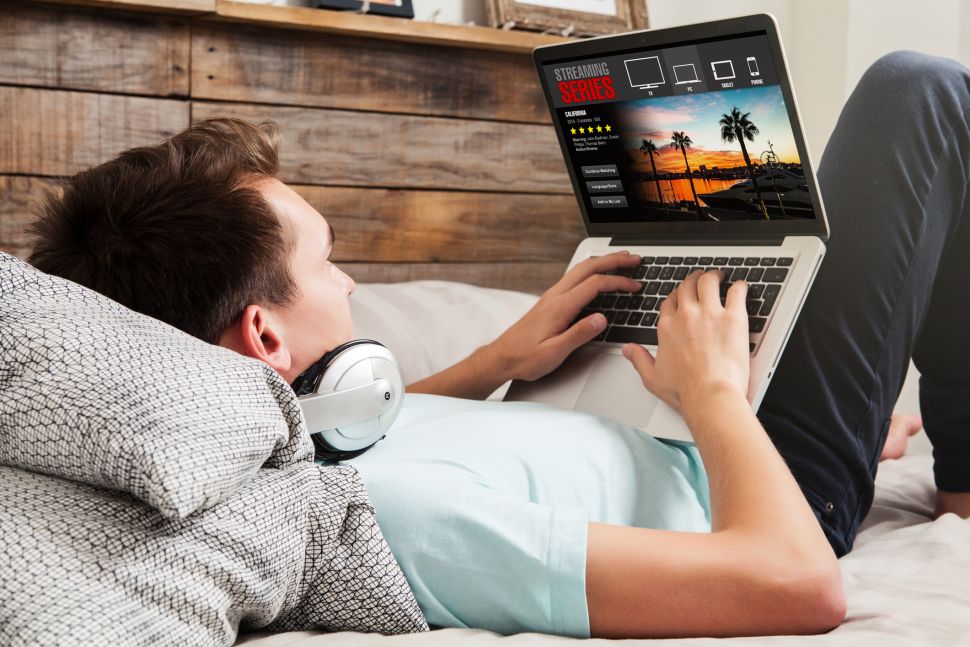Research: More Consumers Bundle Broadband and Mobile Services
As the pay TV bundle declines in popularity, the broadband/mobile bundle is filling the gap, Parks Associates reports, but consumers are paying a higher price

ADDISON, Texas—Some important hints on how consumers will be managing their cable and telecommunications services as the pandemic wanes can be found in new research from Parks Associates that shows more consumers are embracing a double play bundle of broadband and mobile services.
As of Q1 2021, 41% of US broadband households had a standalone broadband service, paying an average of $64 per month, reports Parks in its “Consumer Insights Dashboard,” which tracks consumer adoption of home services, including home internet, pay-TV, and mobile services.
That stands in stark contrast to three years ago, when the percentage of US broadband households with standalone broadband service stood at 33% in Q1 2018.
The increase in standalone services comes in a period where the popularity of pay-TV bundles has declined.
These consumers are also paying more, on average $64 per month for standalone broadband service in Q1 2021, up from $39 per broadband household in 2011, a 64% growth rate, Parks noted.
“Falling pay-TV subscriptions among consumers are negatively impacting bundles with other services—bundles with four or five services in particular are losing their value,” said Kristen Hanich, senior analyst, Parks Associates. “However, a growing crossover between mobile and home broadband services is helping to stem the gap. The fastest growing segment of these bundles is a standard double-play combining home internet and mobile service.”
Consumers are also placing a greater emphasis on high-quality broadband and mobile services, which is building value in bundling these services. Both the residential broadband and mobile industries experienced substantial growth during 2020 and into the first half of 2021, with demand particularly strong for high-speed internet and fiber connections, Parks reported.
The professional video industry's #1 source for news, trends and product and tech information. Sign up below.
Currently 19% of US broadband households bundle mobile and home internet services, paying an average of $128 per month.
Going forward, 24% of US broadband households reported plans to upgrade their home broadband in the next six months, which would drive broadband service ARPU upwards 5% year-over-year. Adoption of residential security services has also continued to increase following the COVID-19 pandemic, creating additional bundling opportunities among connectivity and peace-of-mind services heading into the second half of 2021.
“Consumers require strong uplink, good downlink, and high reliability for remote working, so providers cannot limit promotions to download speeds only—strong two-way speeds are critical, and with a hybrid workforce increasingly likely, this trend will only intensify,” Hanich said.
George Winslow is the senior content producer for TV Tech. He has written about the television, media and technology industries for nearly 30 years for such publications as Broadcasting & Cable, Multichannel News and TV Tech. Over the years, he has edited a number of magazines, including Multichannel News International and World Screen, and moderated panels at such major industry events as NAB and MIP TV. He has published two books and dozens of encyclopedia articles on such subjects as the media, New York City history and economics.

